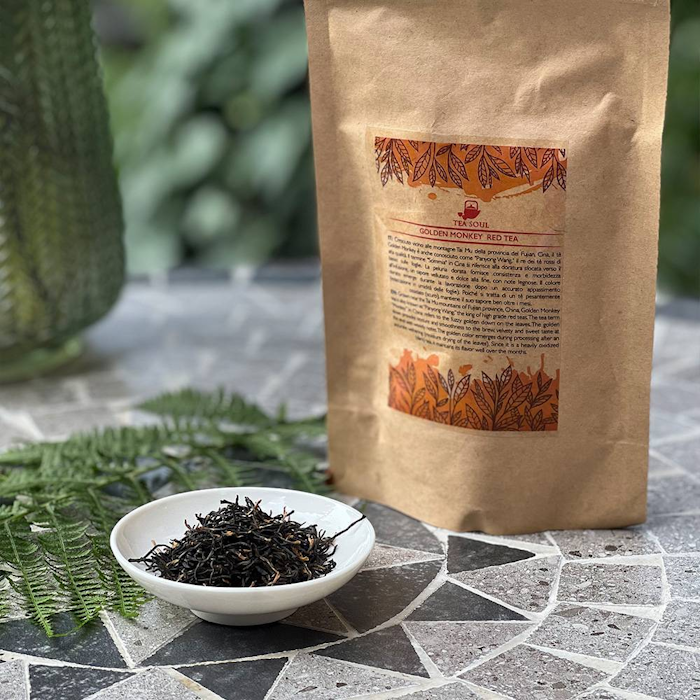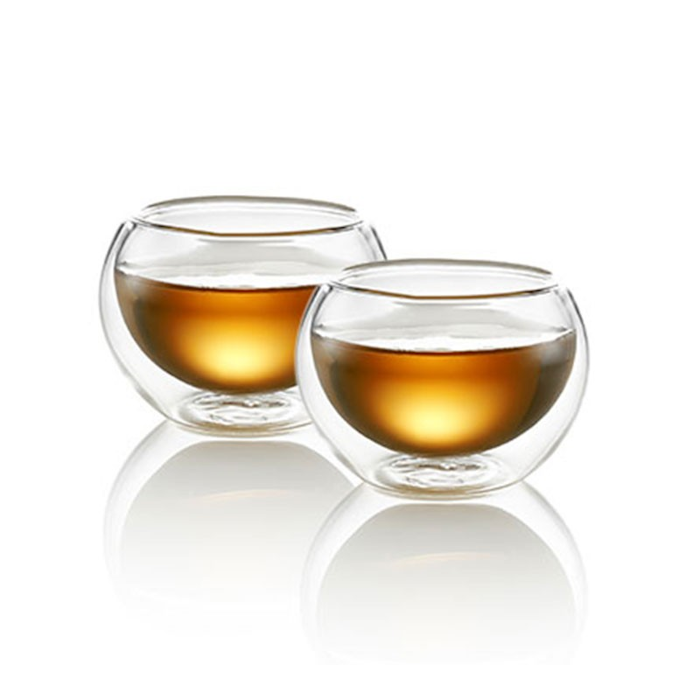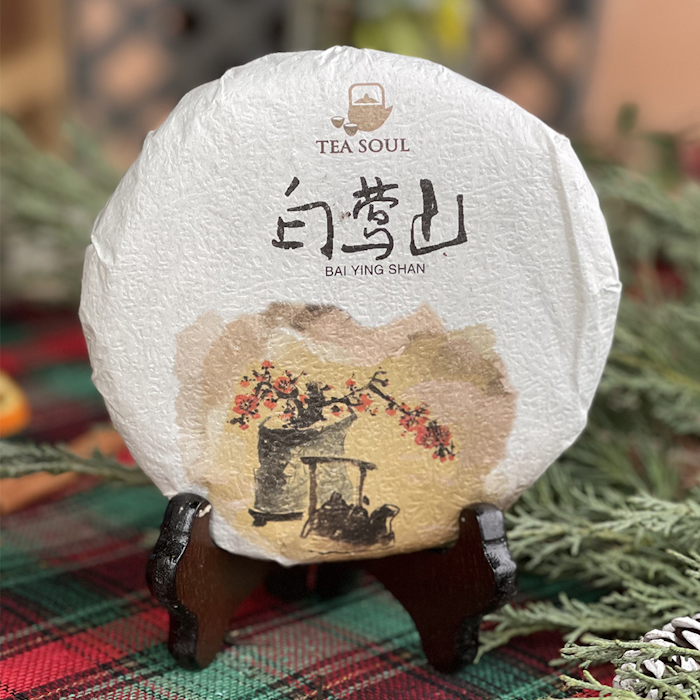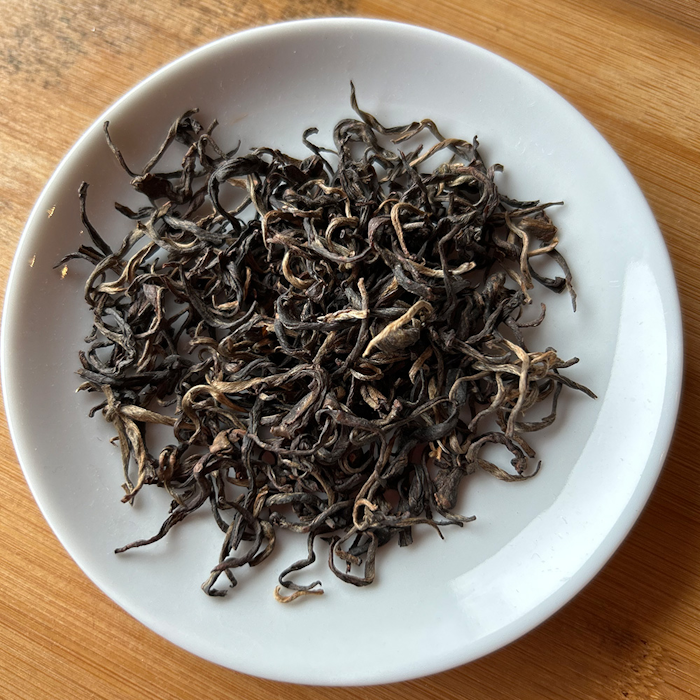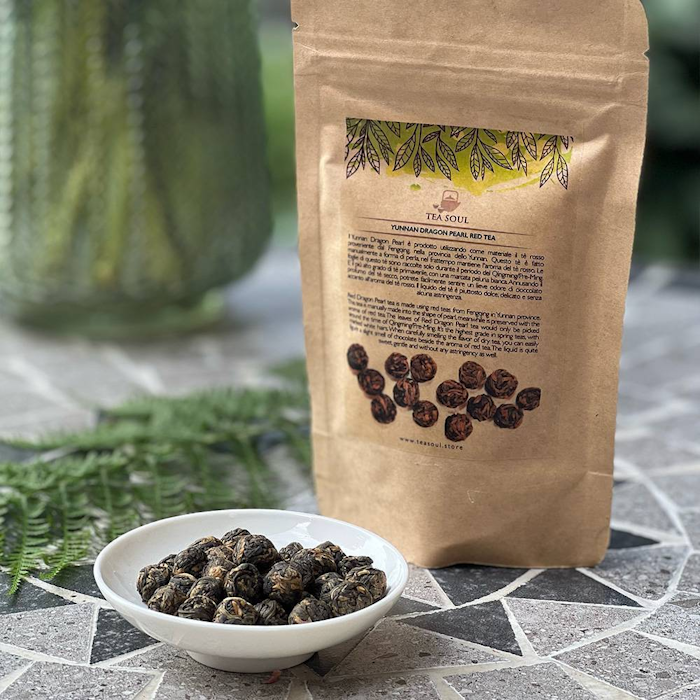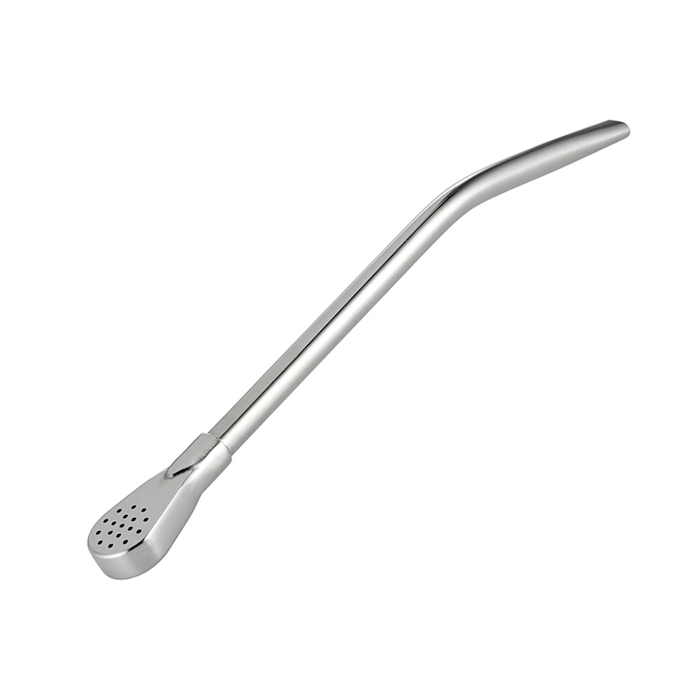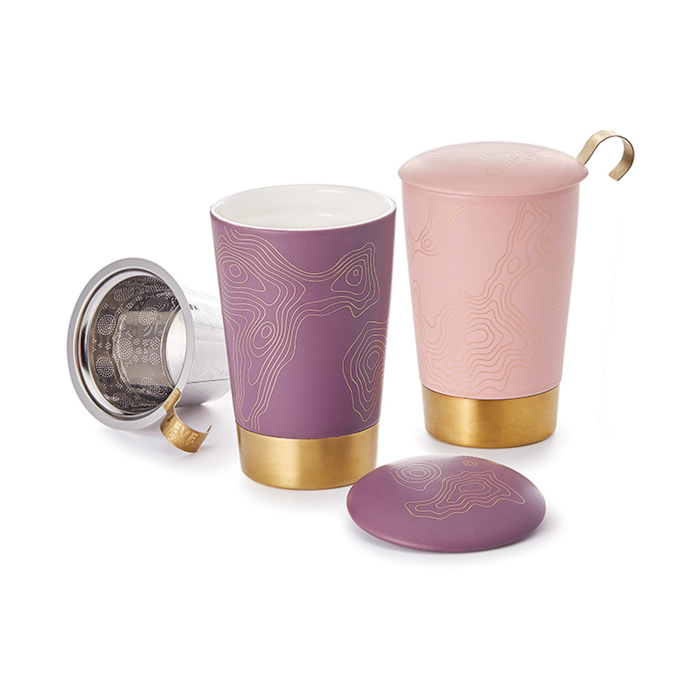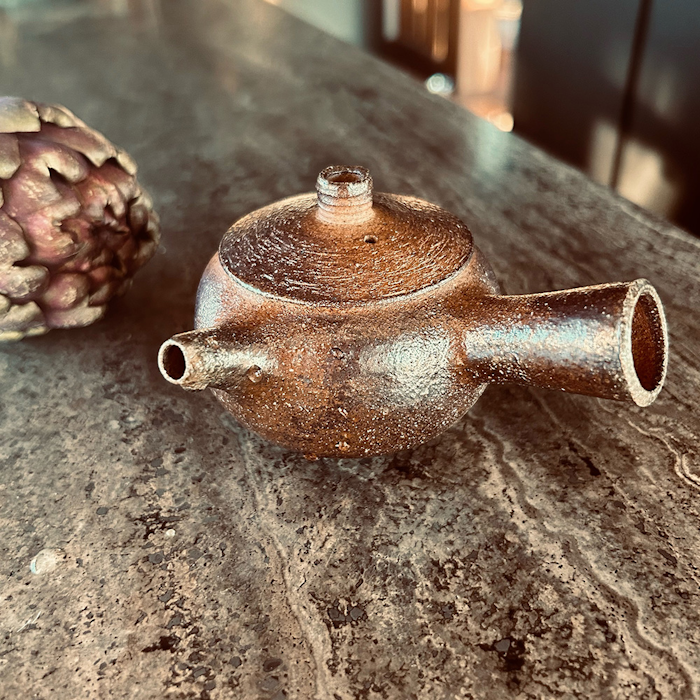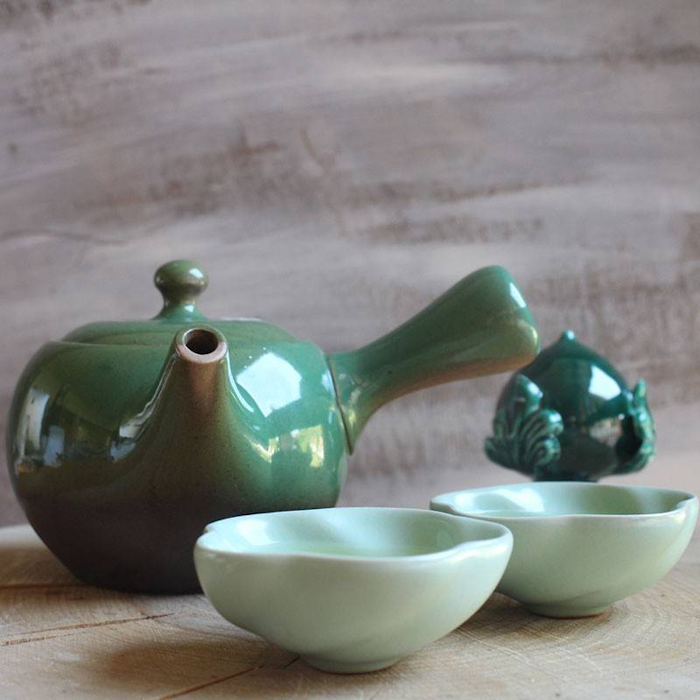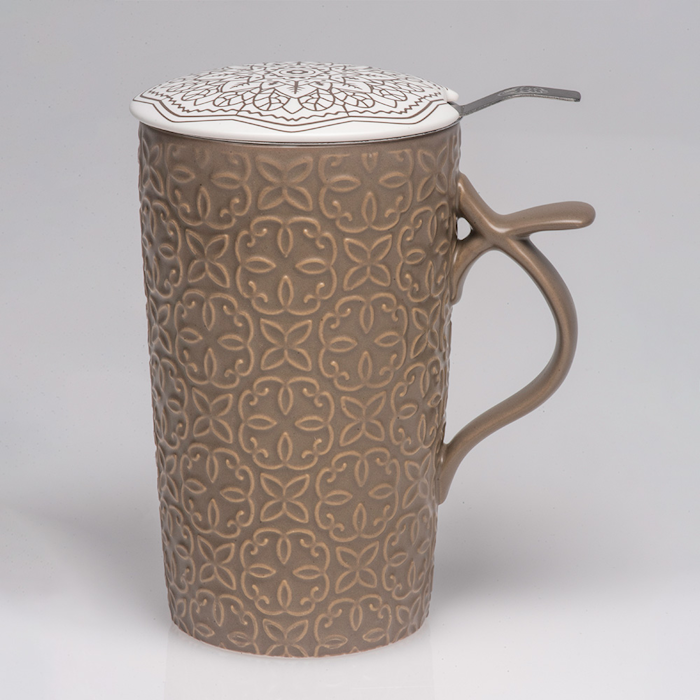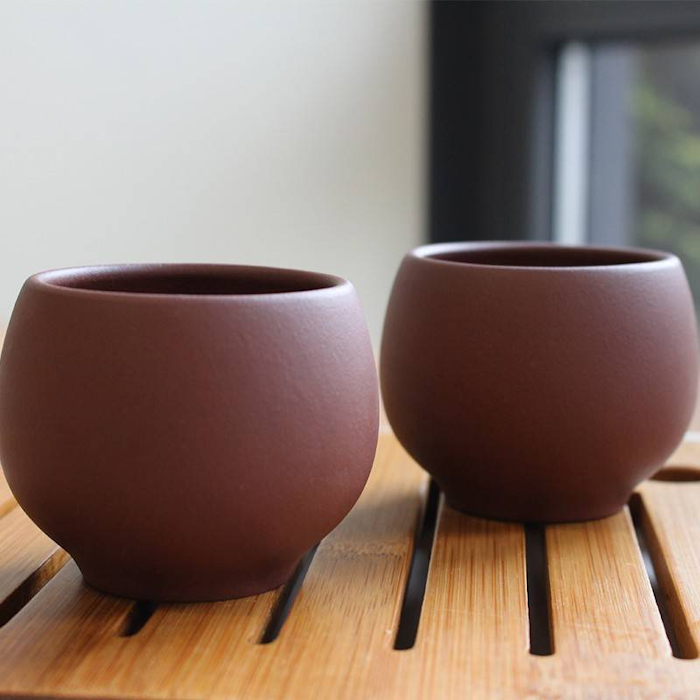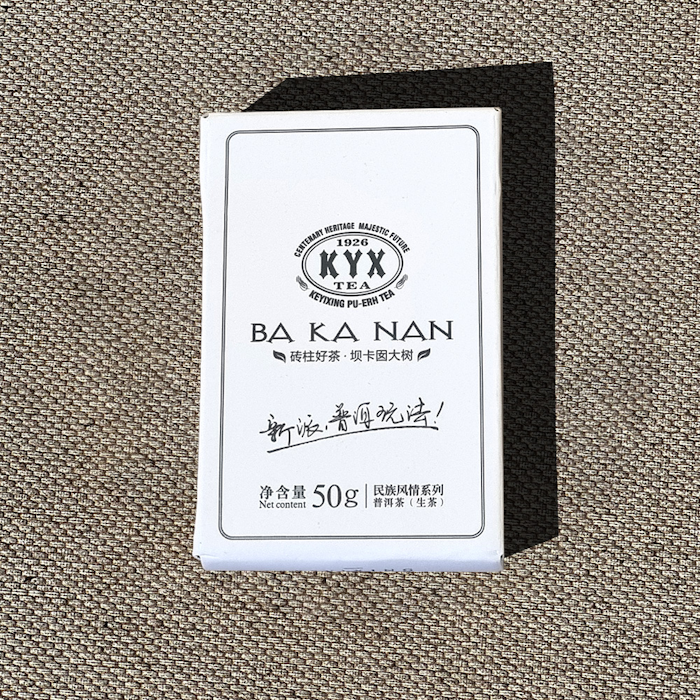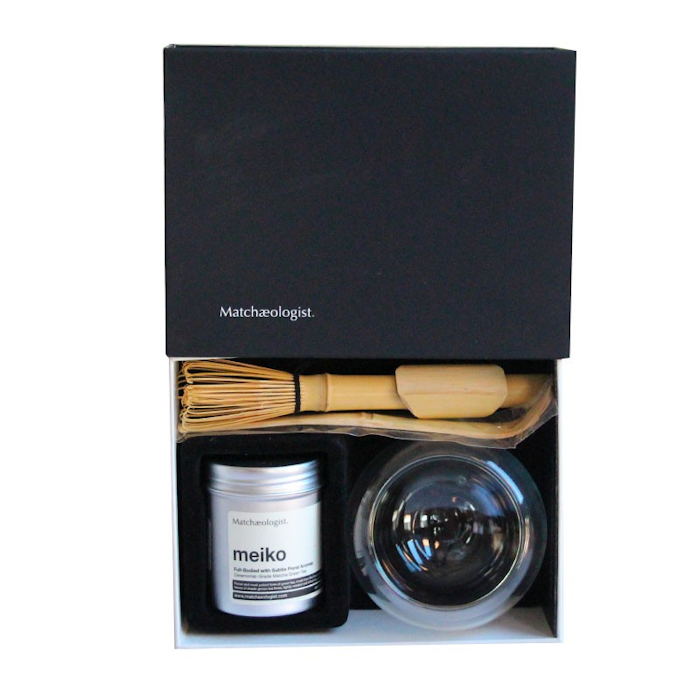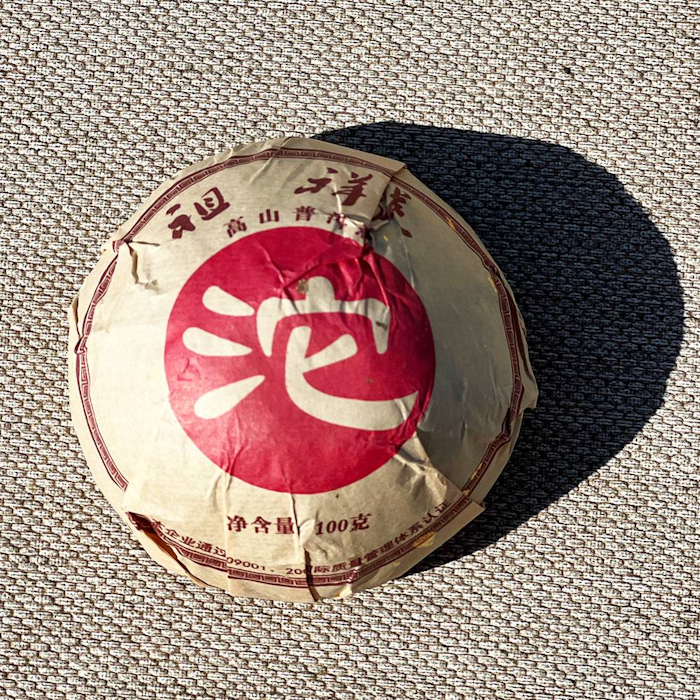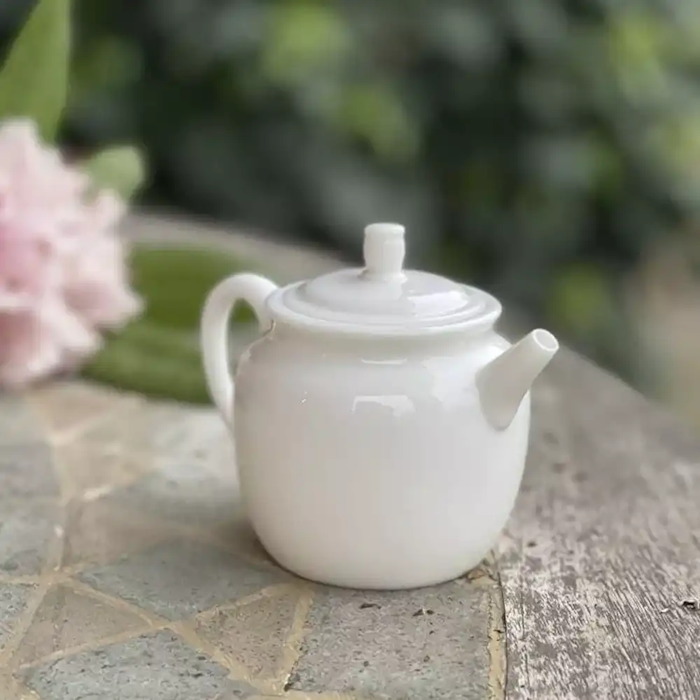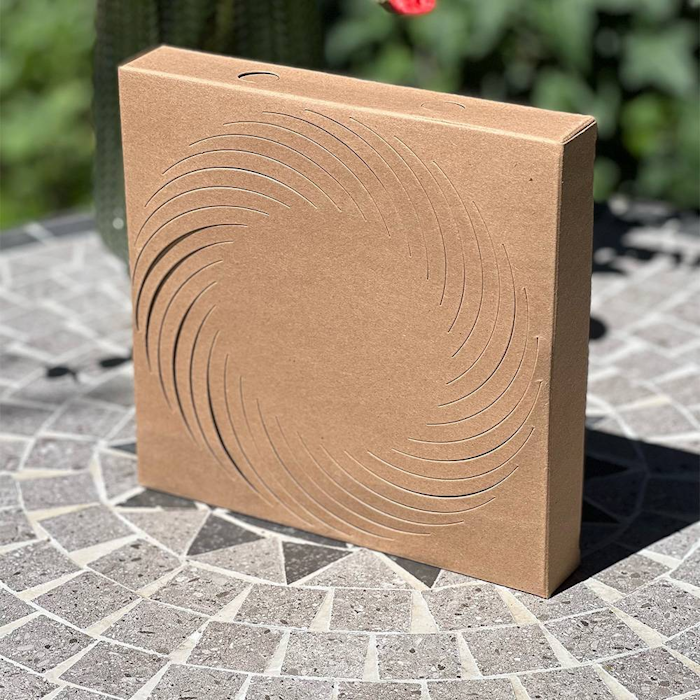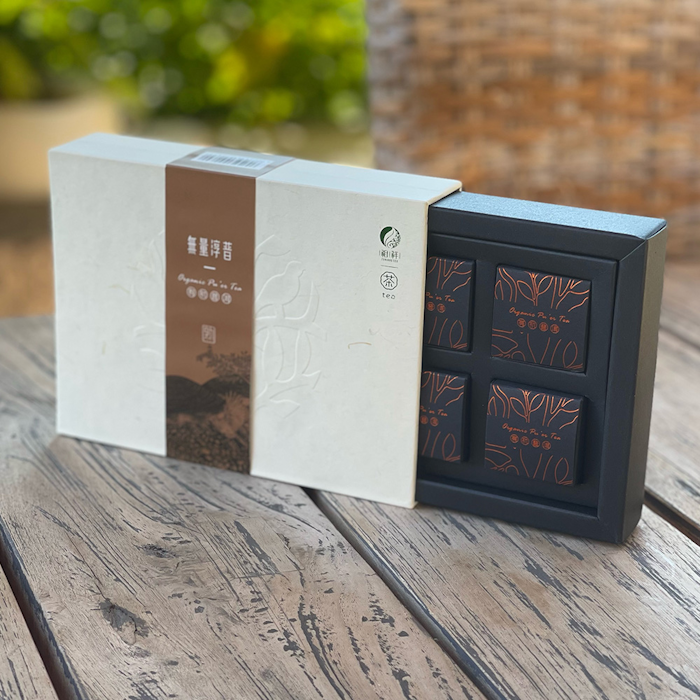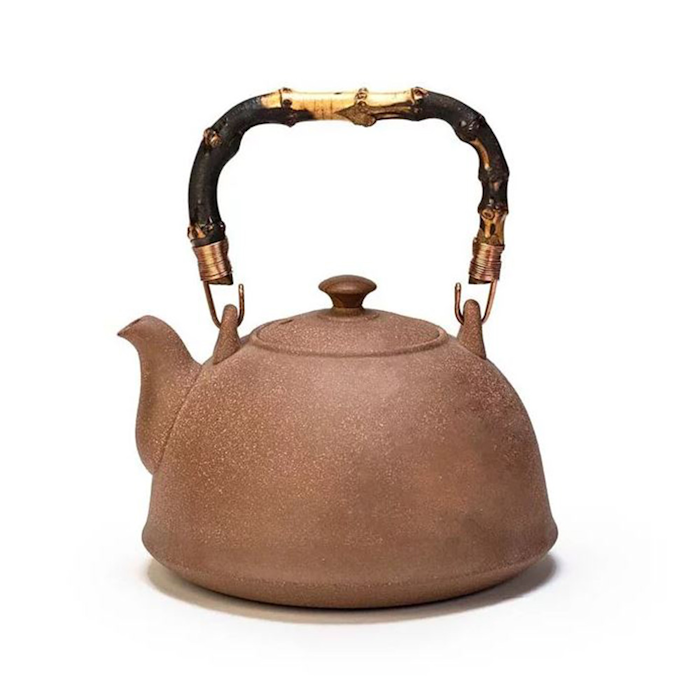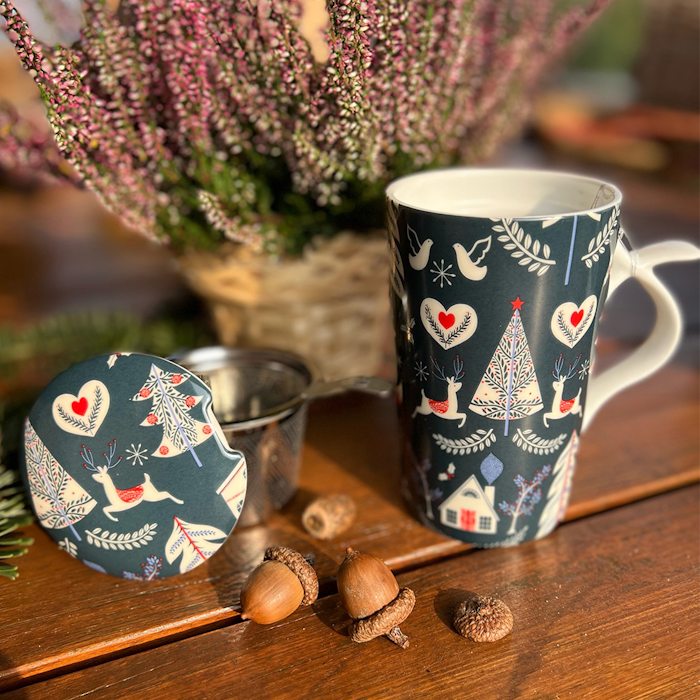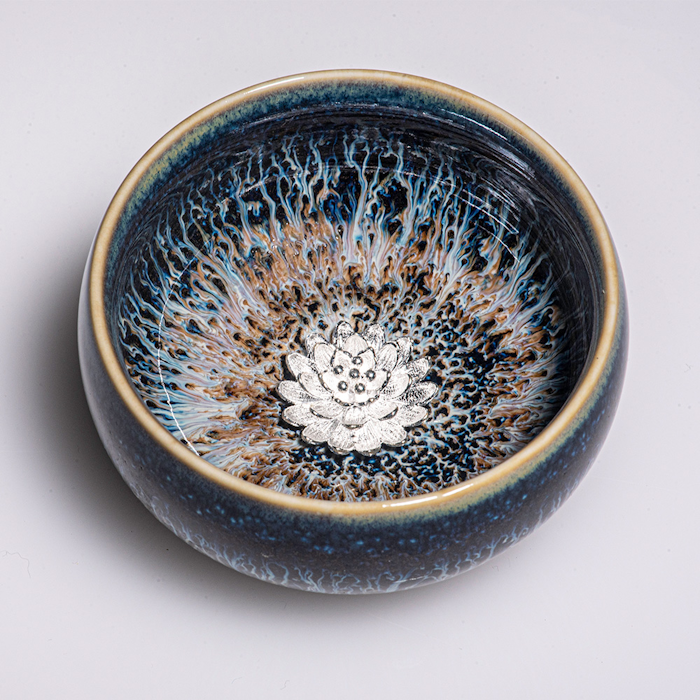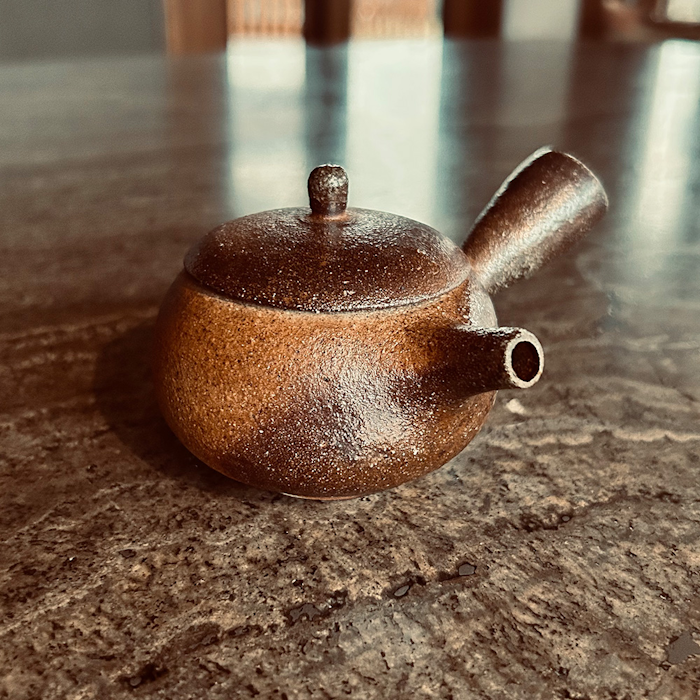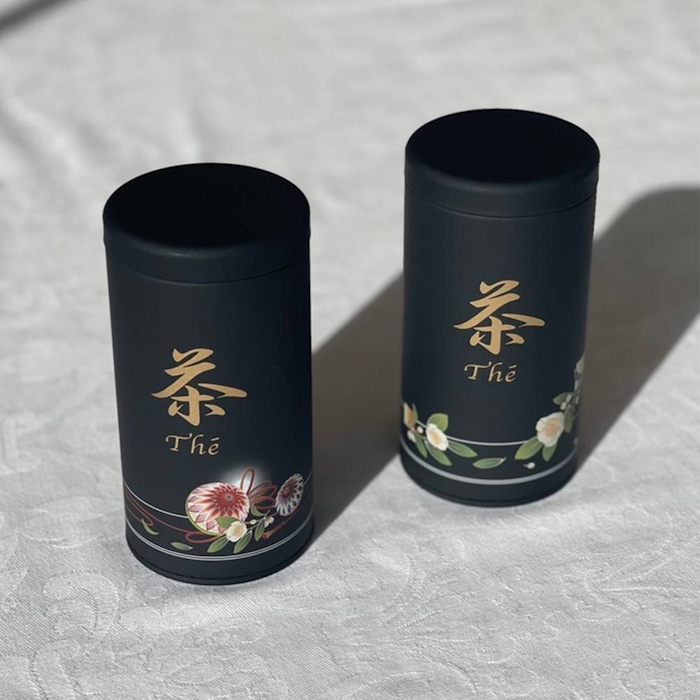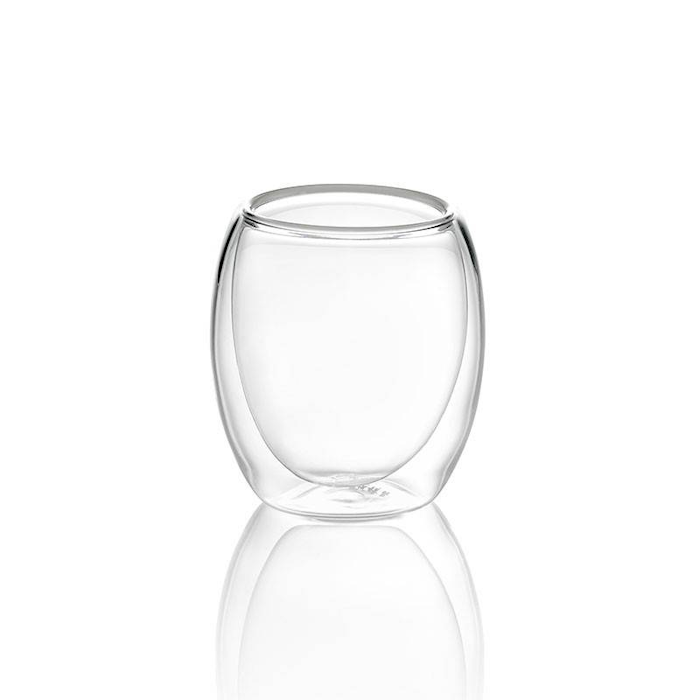The Puer Sheng (raw) Gua Feng Zhai gushu tea comes from the village of Gua Feng Zhai located in southern China. To go and better frame the Puer tea category we need to go and better explain the area where these teas grow since in most cases it is the area itself that gives each tea its distinctive name. In our case we are in the southern part of the Yunnan region (famous precisely for the production of Puer) in an autonomous prefecture called Xishuangbanna.
This village, reachable only by intricate paths where only motor vehicles can be used, produces leaves of a high quality that are often brought to the Yi Wu Xiang area to be processed along with other top-quality raw material from the surrounding areas. As in almost all of Yunnan here we have very ancient tea plants that allow this tea to be named gushu (ancient tree) and, again as in most of the region, we find a local ethnic group, the Yao, dedicated to the care and production of these much prized leaves.
It is quite rare to find this tea in loose leaves without being blended with other varieties given its limited production but in this case we can well understand its very intense and definite taste characteristics. With a very vegetal aroma this tea in infusion gives off a very firm and very rounded body that gives us a very persistent buttery mouthfeel. In addition to its distinctive trait we find a sweetness very similar to that of rice and therefore of starch along with some sporadic hints of somewhat bitter and sour vegetable flavor that breaks the rhythm of the previously described tastes.
Location of origin
Gua Feng Zhai, Yi Wu Xiang - Yunnan, China
Production
After harvesting, the leaves are left to wither in the sun for a certain amount of time depending on the producer before going through the "green killing" stage which is purportedly similar to that used to produce green tea. The particularity in this case lies in not heating the leaves as much as is done for a green tea so that certain enzymes are preserved that modify the flavors over time. Once the leaves are cooked they are allowed to rest overnight before concluding the drying process in the sun. Once here, maocha is obtained which can be blended with other maocha to create unique flavor and aroma combinations before being pressed into disk, tile, etc.
Preparation
We strongly recommend infusing this tea in the traditional Chinese method (gong fu cha) to best enjoy these leaves. Following this preparation, 5 grams of leaves (about 3 teaspoons) can be used in a gaiwan of about 100 ml to obtain multiple infusions with different tastes. After a quick rinse of the leaves in water at 100°C you can proceed with an initial infusion of 10 seconds, and after that, keeping the water at the same temperature, you can proceed by increasing the time each time by 5 seconds from the previous infusion (10 - 15 - 20 ...)
This tea has a longevity of about 8 infusions.
For a classic preparation according to the Western style, we recommend 2 grams of leaves (about 1 teaspoon) in a 150 ml cup with water at 100°C for an infusion time of one and a half minutes.
The tea can be filtered for ease when tasting and also the infusion times given above here are meant to be purely indicative so you can also adjust according to your personal taste.
It is recommended to be stored in a cool and dry place away from direct sunlight.








